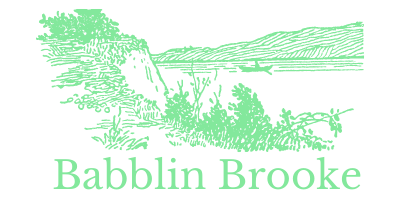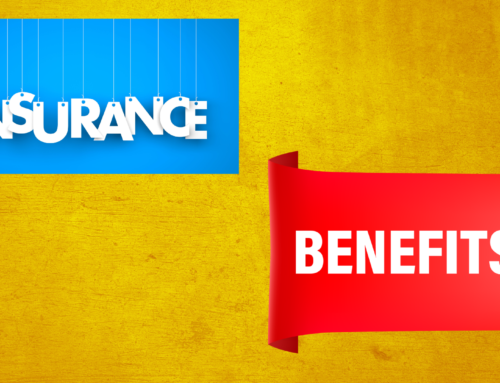Property financing has its challenges, and that is why bridging loans are getting more popular. This is a loan I take on a short-term basis to help finance a property’s purchase as I seek to sell it or another for profit. Businesses also use it to meet certain obligations, solve tax woes or raise urgent capital.
The way around bridging finance is not exactly straightforward, especially for beginners. Nonetheless, these few tips are useful.
Understand Where they are Viable
Before diving into any other considerable factors, I first need to understand where bridge loans apply. I could put the borrower into three main categories; a home or property owner, a developer or investor, and businesses.
As a homeowner, I will probably use a bridging loan to keep a property chain contact, as quick property security, for auction finance, as a temporary cash-flow cover, and to build or downsize a home. Developers and investors use bridge loans for fix n flips — these offer them quick access to funds for renovating or re-developing properties. Businesses mostly opt for bridging finance to bridge interim operation costs, such as boosting capital or clearing a tax liability.
The common factor in the three categories is that the loan’s security is a property that already exists with a promise of fast payments, as soon as 6-12 months.
Which Type is Right for Me?
Bridging loans are available in two types; closed and open. For a closed loan, I have the exact date that the outgoing property’s deal will be done, meaning I have a definite payment date. Open bridging loans leave room for more probabilities as my transactions may not be a done deal yet.
Who is the Best Lender?
Although bridging loans are easier to arrange, I have to pay attention to their interest rates. This could also mean being particular with who I choose as a lender. Such loans are accessible through banks or private lenders. Any of the two is fine as long as I am sure I can handle the interest rates and the loan’s general cost.
It is easy to forget the latter, yet it provides more light into the situation. One lender could have a low-interest rate but a higher cost while another has lower costs and a higher interest rate. If I carefully evaluate the two, I can tell who will be taking out more from me, meaning they are not the best option.
Pay Attention to the Exit
Another factor I shouldn’t neglect is the exit amount. A bridging loan’s general cost involves these three costs, i.e., the interest, loan costs, and the exit amount. Exit amounts are the final amount I pay to clear my loan obligation. Sometimes, individuals would have to use their property as an asset against the loan they have taken. If this is the case, then they would have to take Independent Legal Advice from a lawyer to assist them with the documentation.
If the exit amount is too much, I might not have the capacity to pay it leading to other financial woes. If there’s a negotiation window between the interest rate and the exit amount, I should use the opportunity to negotiate the best settlement option. I am also aware that various firms tend to offer the option to refinance a bridging loan. This means that in the event that I am unable to pay the exit amount, I can work out a new agreement with the lender, giving me greater flexibility.
Calculate Before Signing
Before signing the deal with the lender, I should ensure I have no blind spots. This is why thorough calculations are necessary. In my calculations, I will include the general cost of the loan, i.e., all three aspects, plus my relation with the lender. Social factors are quickly becoming vital transactional considerations, especially customer relations.
I should be able to trust that my lander will not play fowl within the payment period. Tracking their reputation will make such factors clear.
All business transactions have risks, but I can decide the risk percentage I want to handle by ensuring I have all the facts. Proper research is thus mandatory. If it is my first time financing a property transaction, considering a more-experienced partner makes things a lot easier.





